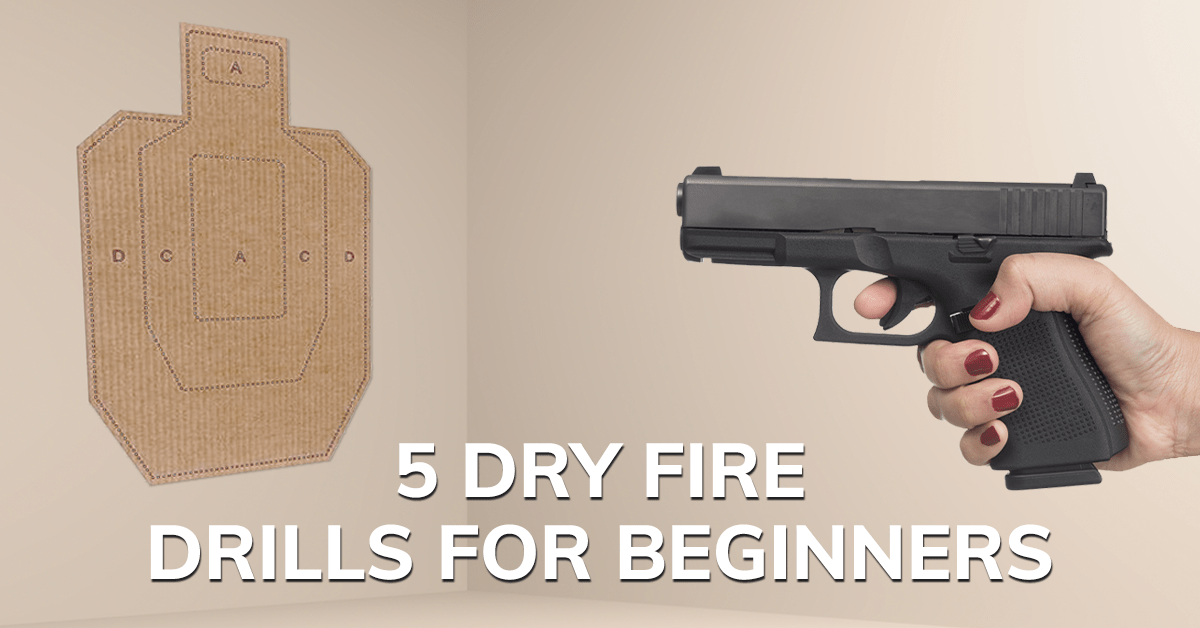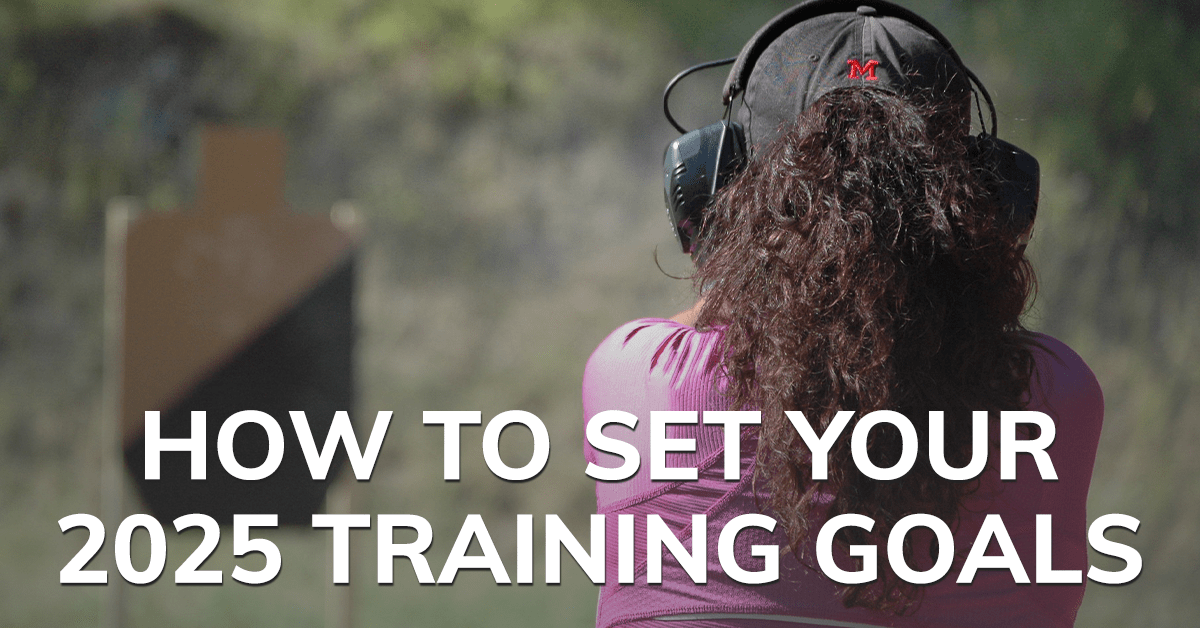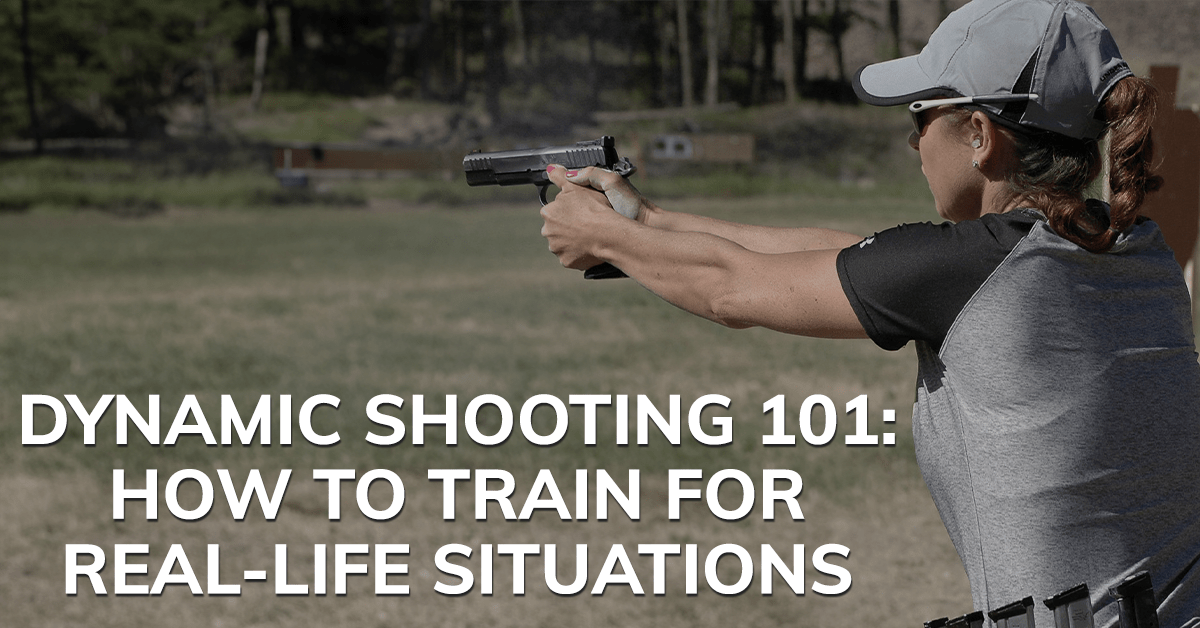Orders Over $100 Ship FREE (USA)!
Orders Over $100 Ship FREE (USA)!
CONCEALED CARRY
(Apparel with holster pockets or concealed-carry features)
PARTS & GEAR
RANGE STYLE
Gift shopping & not sure about size or style? Give a gift card instead!
GIFT IDEAS
EXPLORE
BFCM Sale 20% Off every item! EXTENDED
Black Friday & Cyber Monday EXTENDED: Indulge in Luxury, Pay Less.
Dry Fire Practice: How to Get Started
3 min read
Are you interested in dry fire practice but don't know where to start? Maybe you're already practicing with dry fire techniques, but you’re not sure if you’re doing it right.
You’ve come to the right place! We’re going to break down everything you need to know about this extremely effective method of practice and give you the tools and information you need to get started.
What’s Dry Fire Practice?
Simply put, dry fire is using your gun to practice shooting skills and techniques without using live ammunition. With dry fire practice, you go through all the motions of shooting just like you would at the range, but without all the noise and recoil.
Why Should You Dry Fire?
All gun owners should be proficient with their firearm and If you’re carrying your gun, it’s crucial that you possess the skills to manipulate your firearm safely and effectively. If you’re ever in a situation where you need to defend yourself, you’re going to fall to your lowest level of training, which means you’re going to have to rely on your current skill level to save your life.
Our shooting skills are developed by performing actions to form “muscle memory” and there’s only one way to do that—repetition.
The good news is that you don’t have to get all of your reps in by putting hundreds of rounds down range every week—you can perform the same tasks in the comfort of your home without ammunition. You’ll still need to go out to the range and test your skills, but you can drastically improve your performance with dry fire while saving money and time.
How to Get Started with Dry Fire Practice
Safety Precautions
Before we start with the “how”, there are a few VERY important safety issues you need to consider each and every time you dry fire. You may be working without ammo, but every one of the rules of gun safety still applies.
Before starting a dry fire session, make sure you’re following these steps:
Empty all of the magazines you will be working with and double and triple check your gun to make sure it’s unloaded. Now check your gun and magazines again and make sure they’re unloaded.
Look around to make sure there’s no ammo in the room you’ll be practicing in and if you find any, move it to a different room. No exceptions.
Find a place where you won’t be interrupted. We know that can seem like an impossible task, but do your best to find an area free from distractions.
Find a safe direction and a good backstop. Think about what’s behind whatever you’re pointing your gun, just like you would if the gun was loaded. If you’ve looked high and low and can’t find a safe direction, consider getting a training barrel, a training gun like a SIRT pistol or a blue gun.
These steps may seem like overkill, but they are not. There is no room for error and no safety measure too strong when you are handling your gun (loaded or unloaded).
Time for Practice
Now that the safety precautions are taking care of, it’s time to start practicing! Dry fire can be as simple or complex as you would like it to be, but it’s best to start out with some simple drills.
Do you have a flinch when you shoot? Practice pulling your trigger smoothly and focus on what it feels like to break a shot without disturbing the gun. If you’re carrying concealed, several reps of drawing from concealment should be a standard part of your routine.
There’s no need to beat yourself up during a dry fire practice session—it only takes about 10-15 minutes of solid, focused practice on a regular basis to see a noticeable improvement in your skills.
Getting the Most out of Dry Fire Practice
Dry fire practice isn’t rocket surgery, but it can be challenging to come up with a solid plan that produces the results you’re looking for.
We recommend using a structured training guide that will give you the tools you need to set up a successful plan and move through any barriers that may pop up.
We’re now offering the book, “The Dry Fire Primer” by Competitive Shooter and dry fire expert, Annette Evans. Her book will help you fast-track your way to dry fire success and we've included a sampling of her tips in this article.
The only way to become a better shooter is through practice, and dry fire is a proven technique that can help you fix your issues and improve your skills surprisingly quickly. Even just a few minutes every day is enough to make a difference, so don't wait—get your dry fire routine started today!
Also in Skill Building: Train & Practice

5 Drills for Anyone New to Dry Fire
3 min read
This guide covers 5 simple drills for beginners to make dry fire a consistent, effective training routine.

How to Set Your 2025 Training Goals
3 min read

Dynamic Shooting 101: How to Train for Real-Life Situations
4 min read

